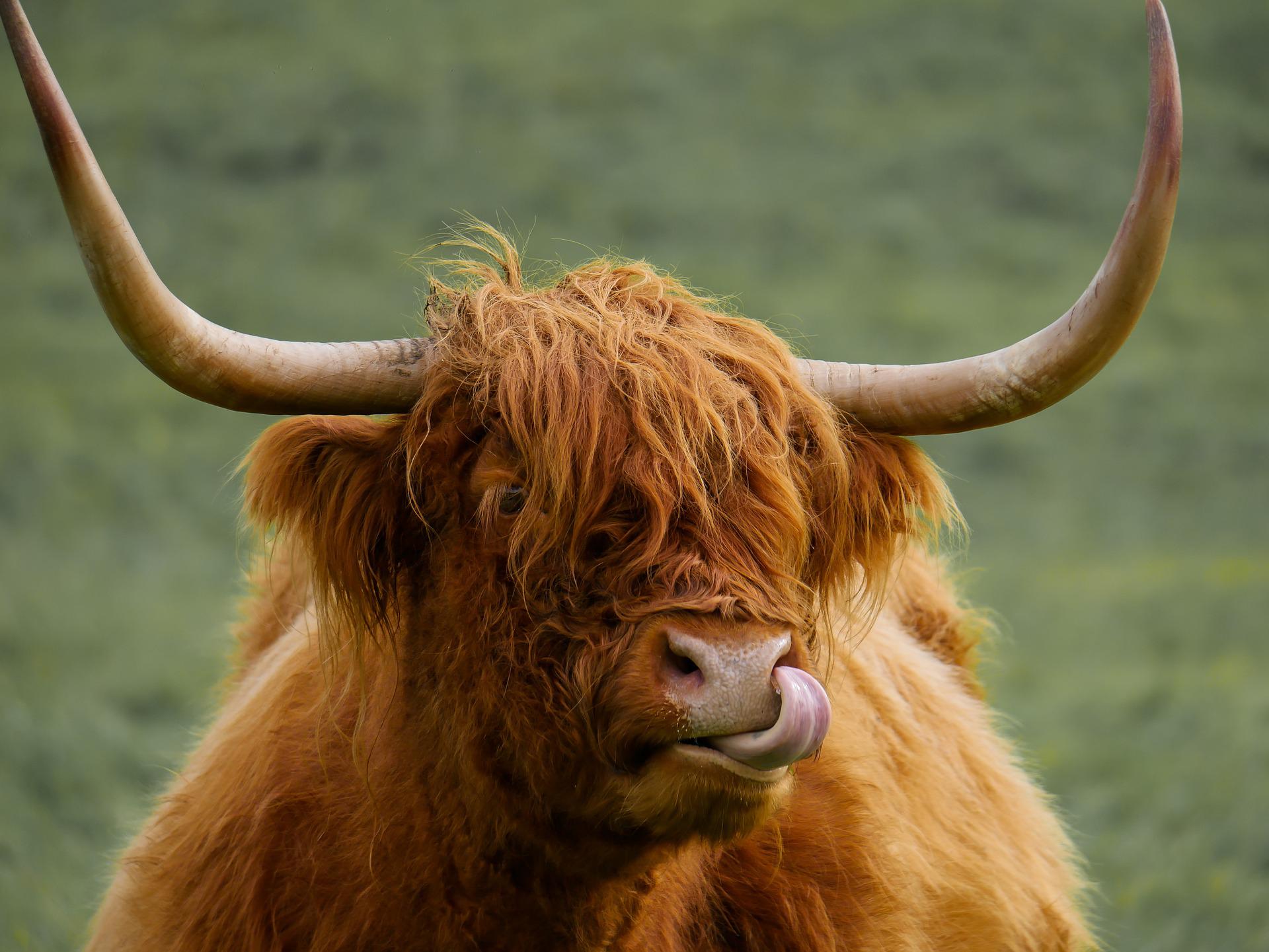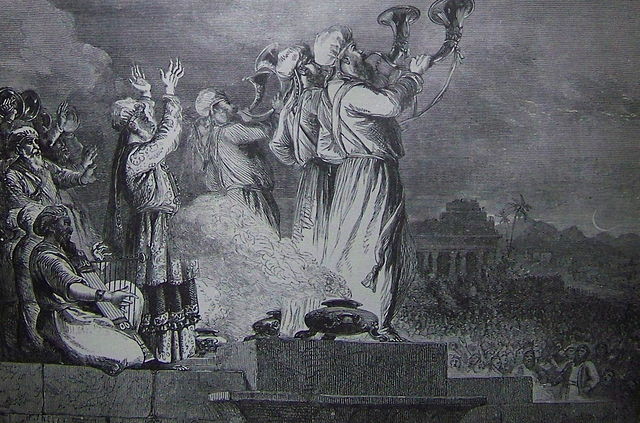In the heart of the Christmas narrative, nestled within the Gospel of Matthew, lies the poignant story of the Wise Men, who embarked on a journey, guided by a star, to present three gifts to the newborn Jesus. These gifts – gold, frankincense, and myrrh – were not arbitrary but laden with deep symbolic meanings that transcend mere wealth and opulence. They speak volumes about Jesus’ identity, mission, and the salvation narrative that would unfold in His life and death.
Who were the Wise Men?
The Wise Men, or Magi, embarked on a quest, following the star which arose in the constellation of Virgo, to honor the birth of Jesus, whom they recognized as “the king of the Jews” (Matthew 2:2). Their journey from Persia signifies a royal visit, as they sought to worship and present gifts to the newborn King.
The Gift of Gold – Jesus as our King
Gold, a precious metal, has long been associated with royalty and wealth. The gift of gold to baby Jesus symbolized His kingship. In the Old Testament, gold was a common gift presented to kings, as seen when the Queen of Sheba visited King Solomon, bringing 120 talents of gold among her gifts (1 Kings 10:10). Thus, gold, as a symbol of kingship, acknowledges Jesus as the prophesied King, destined to reign eternally.
The Gift of Frankincense – Jesus’ Priesthood
Frankincense, a fragrant gum resin used in worship and as a sacred incense, symbolized Jesus’ divinity and role as a high priest. In the Old Testament, frankincense was a vital component of the sacred anointing oil used in the temple (Exodus 30:34). The gift of frankincense to Jesus underscored His role as our High Priest (Hebrews 9:11).
The Gift of Myrrh
Myrrh, a spice used for anointing and burial, foreshadowed Jesus’ suffering and death. It was a common practice to use myrrh for embalming, as witnessed in the burial of Joseph of Arimathea, where a mixture of myrrh and aloes was used to prepare the body of Jesus for burial (John 19:39). The gift of myrrh, thus, prophetically pointed to Jesus’ sacrificial death and His role as the Savior, who would die for the redemption of humanity.
Interpretations and Theological Perspectives
The gifts of the Magi have been subject to various theological interpretations, each unraveling layers of meaning and significance. Some scholars perceive the gifts as symbols of Christ’s threefold office as Prophet (frankincense), Priest (myrrh), and King (gold). Others view them as emblematic of Jesus’ dual nature as fully divine (gold and frankincense) and fully human (myrrh), bridging the gap between heaven and earth.
Historical and Cultural Context
In the historical and cultural context of the ancient world, the gifts of the Magi were not only valuable but also highly symbolic. Gold was a universal symbol of wealth and power; frankincense was associated with the divine due to its use in religious rituals; and myrrh, often used in burials, was a symbol of mortality. These gifts, presented to Jesus, were not only practical in nature but also prophetically significant, aligning with the various aspects of His life, death, and resurrection.
Relevance to Jesus’ Life and Ministry
The gifts of gold, frankincense, and myrrh, while symbolizing kingship, divinity, and sacrifice respectively, also find resonance in Jesus’ life and ministry. His teachings, miracles, death, and resurrection embody these symbols, offering a pathway to eternal life for humanity. The Magi’s gifts, therefore, were not merely offerings of wealth but a prophetic acknowledgment of the pivotal role Jesus would play in the salvation history.
Conclusion
The gifts from the Wise Men to baby Jesus extend beyond the physical offerings of wealth and luxury. They are imbued with profound symbolism, each gift echoing a facet of Jesus’ identity and mission on earth. Gold, frankincense, and myrrh, thus, serve as timeless symbols of Jesus’ kingship, divinity, and sacrificial love, weaving a rich tapestry that intertwines the earthly and the divine in the miraculous story of the first Christmas.





